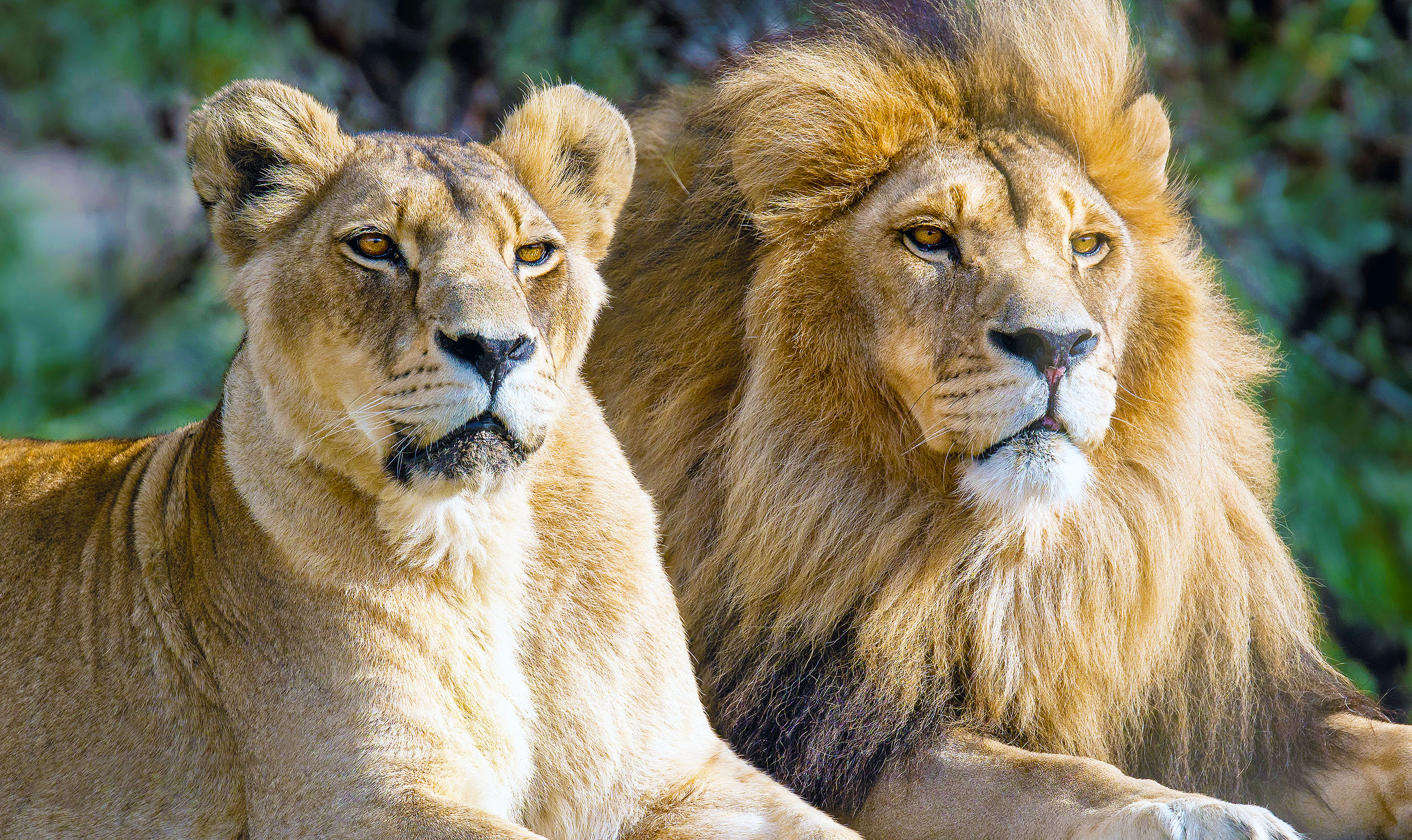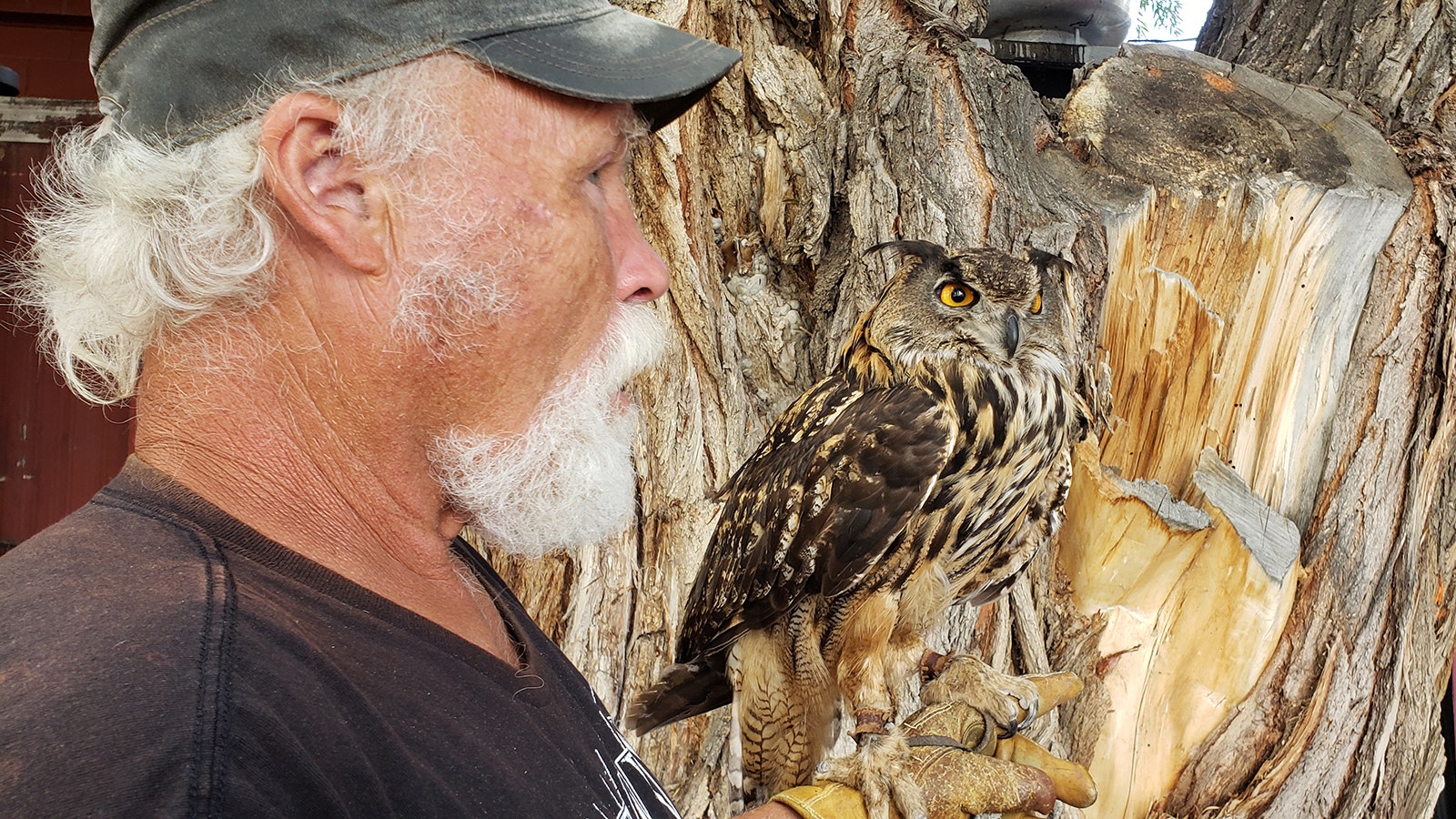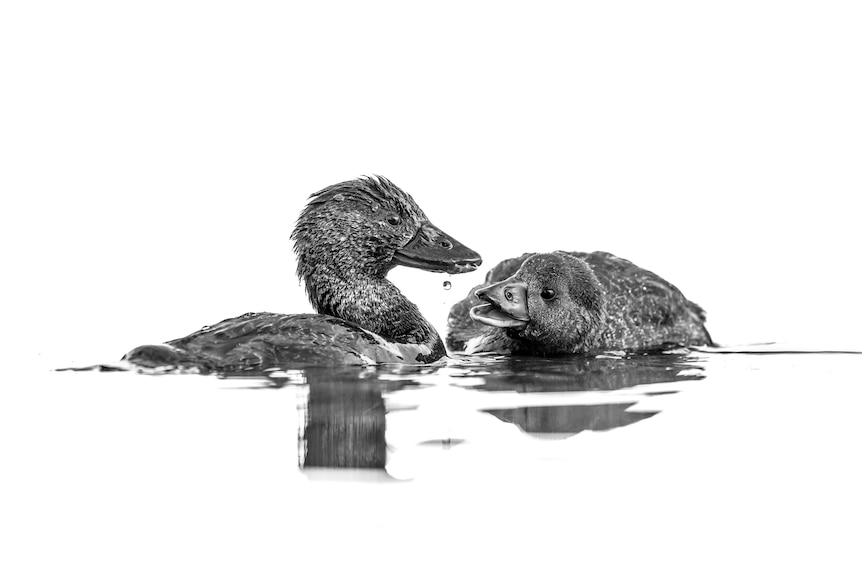New findings have emerged that paint a worrying picture of lions approaching extinction in Africa. Recently published in the Journal of Earth and Environment Communication, this disturbing study not only provides disturbing data on the rapid decline of these majestic creatures, but also provides new insight into conservation strategies.
The research was led by Professor Amy Dickman of the Wildlife Conservation Research Unit (WildCRU) at the University of Oxford, along with Sam Nicholson of the Endangered Wildlife Trust and 32 different authors from around the world.
Their study delves into the issues of lion conservation. The group introduced a new strategy, focusing on environmental and socio-political risks, to guide conservation investment decisions across Africa.
Emphasizing the appearance of lions, Professor Dickman said, “Lions are one of the most magnificent creatures in the world, but they are deteriorating in a devastating way. This comprehensive analysis is the first to look at both the environmental and social and political threats facing lions at scale. Conservation science is important in guiding measures to prevent lion extinction, but this research highlights the critical role that politicians, economists, development experts and others must play if we are to protect lions and other wildlife.”
Why lions are close to extinction
The main findings of the study revolve around the fact that lions of the same size can vary greatly in vulnerability due to their unique combination of environmental and socio-political risks. Dr. Andrew Jacobson, a senior author from Catawba College, USA, demonstrates this with a stark comparison between Sudan and Benin.
While both nations have lion populations of similar size, social and political differences, such as Benin’s stability and prosperity versus Sudan’s civil war, make their conservation challenges to prevent lion extinctions unique.
Jacobson explains, “War and instability reduce the ability of park officials or others to help ensure the survival of Sudan’s lions. This comparison shows that when evaluating investments in lion conservation, both ecological and social and political factors must be considered.
How the study is conducted
To begin the study, researchers carefully identified and mapped wild African lions, building on the large lion surveys that WildCRU has been involved with for decades. They then divide the threats into two main categories: environmental and social and political.
While things like fewer lions or higher human and livestock densities add to the natural risk, social and political threats include rampant corruption or low GDP per capita.
To achieve conservation efforts, these socio-political and ecological risks have been combined into a unified vulnerability index. This article does not indicate which lion population should be protected. Instead, it highlights the various challenges that people face.
As Professor Dickman said, “Some people may ultimately have the same weak points, but they are driven by different threats.” Therefore, understanding these nuances is important for savers, stakeholders, and investors.
Sam Nicholson, lead author, expressed a similar opinion, emphasizing the novelty and necessity of their research. He said, “This study is the first of its kind to combine environmental and socio-political factors into a single indicator to evaluate potential investments in African lions.”
How to prevent the extinction of lions
But what is the size of the challenge? Research provides alarming numbers. They are less than half of the 62 remaining wild lions that live in a population of more than 100 lions. Moreover, these magnificent creatures live in only 25 African countries, almost half of these countries have less than 250 lions. These fragile, young people are at high risk of bankruptcy.
Human-induced challenges, especially in Africa, make the future of lions uncertain. They face habitat loss, dwindling prey, and increasing human-wildlife conflict. Yet, amid this gloom, there is a glimmer of hope with successful conservation efforts in places like Niokolo Koba National Park, Senegal, and Gorongosa National Park in Mozambique.
A spark of hope
A striking revelation from the study is the link between poverty and lion conservation. Almost all remaining lion habitats are in the 25% of the world’s poorest countries.
As research has shown, areas that exterminated lions a century ago are, for the most part, in better economic condition today. This chaos reinforces the vulnerability of the remaining lions to the pressures endured by some of the world’s poorest countries.
With previous estimates suggesting an annual budget of over US$1 billion to conserve existing lions in protected areas, this research suggests that the true number is closer to US$3 billion per year. This huge sum underlines the deep moral responsibility of rich countries to play a more important role in lion conservation. It’s not just about financial help, but about making these donations more impactful and effective.
As we grapple with the reality of this research, it is important to remember that the African lion problem is intertwined with global social, political and environmental challenges. The research serves as a clarion call for concerted, responsible, and sustainable action to preserve one of the greatest creatures on our planet.
More about lions
Lions, often referred to as the “kings of the jungle,” are revered and feared by animals. These majestic big cats, native to parts of Africa and a small region in India, have fascinated people for centuries because of their raw power, kindness and divine behavior. Unfortunately, due to various circumstances, lions are on the verge of extinction unless the public takes immediate action.
Physical symptoms
Adult male lions have a large chest, which distinguishes them from other females. This mane not only serves as an attractive display during mating rituals but also provides protection during territorial disputes with other males.
An adult male usually weighs between 330 and 550 pounds. Females, or lionesses, weigh slightly less, ranging from 265 to 400 pounds. Both males and females have strong, muscular bodies, which make them predators in their habitat.
Accommodation and food
Lions mostly live in the grasslands, savannas, and open plains of Africa. A small population, known as the Asiatic lion, lives in the Gir Forest National Park. These habitats give them the space they need to hunt and the cover they need to stalk their prey.
As predators, lions have a varied diet, primarily eating large animals such as zebras, antelopes, and deer. Lions often take on the role of pride hunters. They use cooperation and strategy to find and take their prey. During this time, male lions usually prioritize guarding the pride’s territory.
Social status
Lions exhibit a unique social behavior among big cats: they live in groups called prides. A pride usually consists of several related lions, their cubs, and one or a few older males. This social structure provides many benefits, including cooperative hunting and raising young.
However, prideful leadership is often volatile. New male lions, when they reach a certain age, often leave the pride and form alliances with other male lions. This union then challenges the men who are residents in another pride of control. Winning societies take pride of place, ensuring that genes are passed on to the next generation.
Reproduction and the life cycle
Lions give birth to one to four cubs after a gestation period of about 110 days. A lion cub’s life is always in danger, with threats ranging from other predators to older lions, which sometimes kill unborn cubs.
Chicks depend on their mother’s milk for the first six months before switching to a meat diet. At two years of age, young lions become skilled hunters, which contributes to the maintenance of the pride.
Status of conservation and prevention of extinction of lions
Sadly, as explained in the article above, the number of lions is rapidly decreasing. Threats such as habitat loss, human-wildlife conflicts, and poaching have had a major impact on their numbers.
Conservation organizations and local communities work diligently to protect these iconic creatures, emphasizing habitat restoration, anti-poaching measures, and community-based conservation initiatives.
Lions, with their blend of strength and grace, continue to captivate and inspire. As symbols of strength and courage, they hold a special place in folk culture and mythology. It remains our collective responsibility to ensure that these magnificent creatures continue to roam the wild for generations to come.
–
Did you like what you read? Subscribe to our newsletter to receive engaging articles, exclusive content, and the latest updates.
–
We’re taking a look at EarthSnap, a free app brought to you by Eric Ralls and Earth.com.
–
#Lions #hanging #brink #extinction #urgent #action




